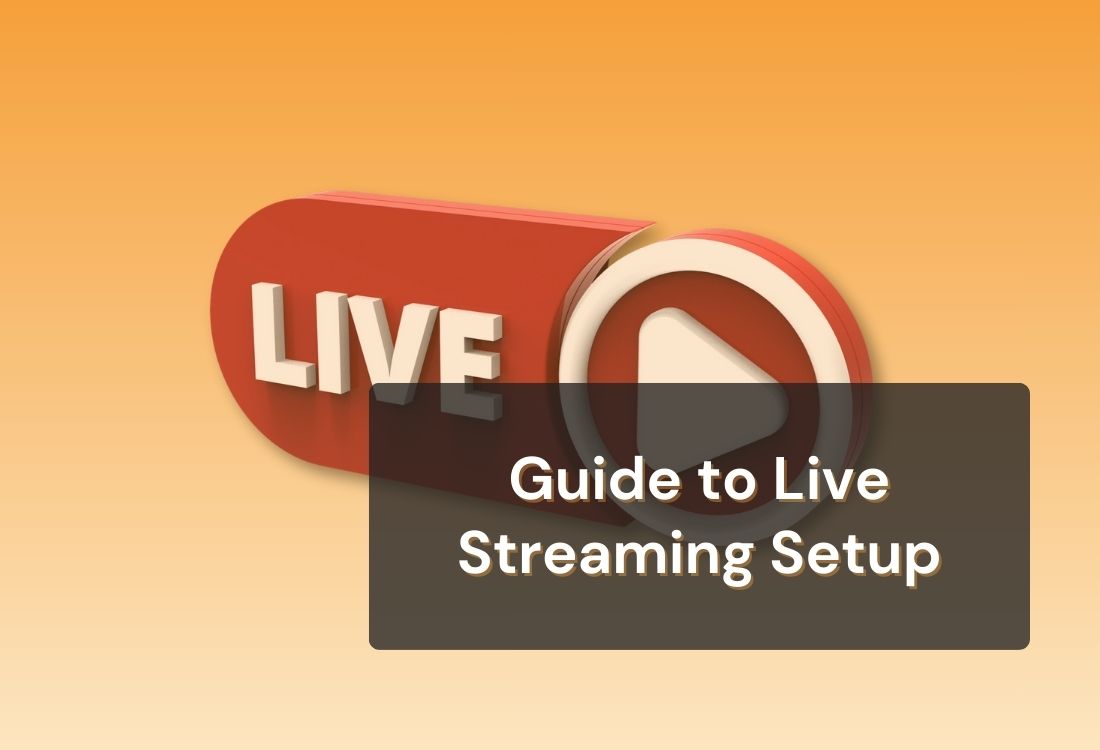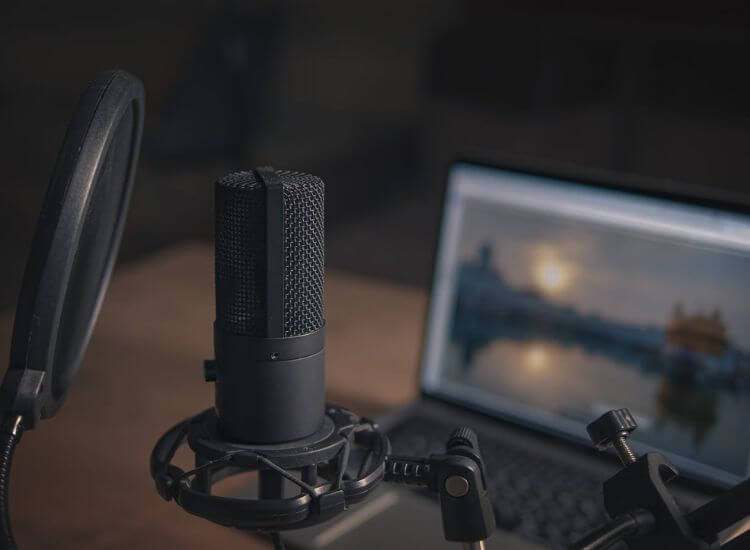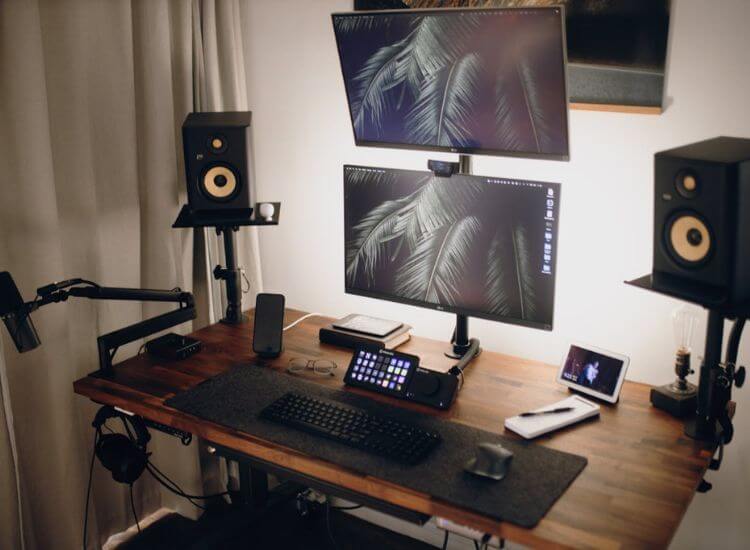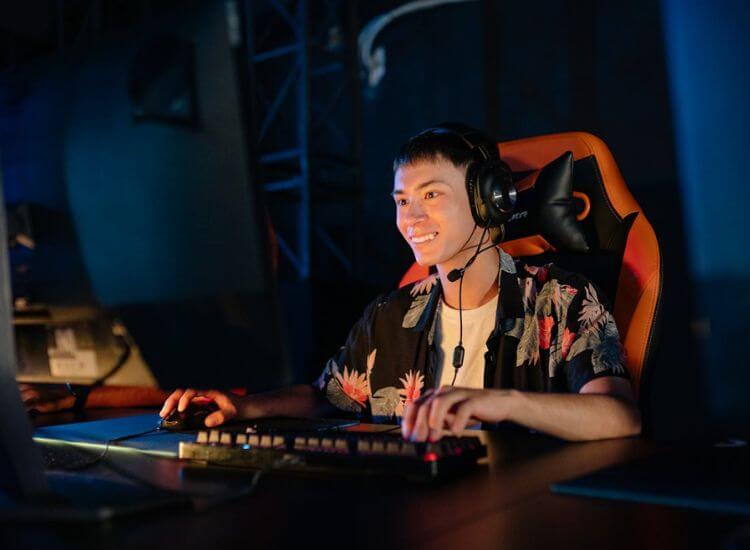



Live streaming connects creators and audiences instantly. From first-time streamers sharing hobbies to professionals hosting online sessions, a reliable live streaming equipment setup helps deliver consistent, high-quality results. Building your setup can seem challenging, but it becomes simple once you understand the essentials.
More viewers are turning to live content each year. Nearly 30% of internet users watched a live broadcast weekly in 2023, showing how powerful this form of communication has become. With so many creators sharing live videos, a solid setup helps your content stand out.
A beginner's streaming equipment affects how your audience experiences your content. Clear visuals, steady connections, and crisp sound increase trust and engagement. Optimizing your equipment makes your presentation effortless and professional.
A strong streaming setup for beginners focuses on three essentials: video clarity, sound quality, and stable connectivity. Mastering these early helps you create a consistent foundation for long-term success.
Keep up with the latest live streaming trends that are transforming the content creation landscape.

Your video quality depends heavily on your choice of camera. While professional video cameras offer exceptional clarity, many creators start with webcams or mobile devices for simplicity.
Tip: Before investing heavily, test your camera angles and lighting with your current gear. Learning the basics of camera setup is a key step in any streaming setup guide.
Audio quality is often more important than video quality in live streams. A simple, clear voice can keep viewers engaged, even if the video isn’t perfect.
High-quality live streaming gear for beginners should always include a dependable microphone and pop filter for clean, balanced sound.
Good lighting improves your video quality significantly. Even the best camera won’t deliver great results in poor lighting.
Consistent lighting ensures your stream looks polished and professional, regardless of your gear level.
A stable internet connection is the backbone of any successful live stream. Poor connectivity can lead to buffering, lag, or dropped streams.
Once you’ve got your basic streaming equipment in place, it’s time to focus on the tools that bring it all together. This includes:
Streaming software acts as the control center for your live stream, connecting your video and audio sources to your chosen platform. Some popular options include:
These tools complete your streaming setup guide, helping you control visuals, audio, and transitions during your stream.
Using multiple cameras creates dynamic angles, making your streams more engaging. Video switchers allow you to toggle between these cameras seamlessly during your live stream.
A stream deck simplifies your workflow by letting you manage transitions, overlays, and sounds with one touch. It’s a valuable addition to any beginner's streaming setup.

Choosing the right streaming platform is critical for reaching your target audience effectively.
YouTube Live is perfect for creators looking to engage with a broad audience through long-form live streams. Whether you’re hosting webinars, tutorials, or gaming sessions, YouTube offers advanced analytics, monetization options, and the ability to archive live streams for later viewing.
Facebook Live is ideal for creators focused on community engagement. Its interactive features, like real-time comments and reactions, allow you to connect directly with your audience.
Instagram Live is perfect for informal, personal interactions with your followers. Whether you’re launching a product, hosting a Q&A, or collaborating with other creators, Instagram’s mobile-friendly interface is intuitive and easy to use.
Twitch remains the top platform for gaming streams but is expanding into other niches like music, art, and talk shows. Its subscription model and vibrant community make it a favorite for live streamers.
TikTok LIVE is designed for creators who thrive in highly interactive and fast-paced environments. Its unique gifting feature allows viewers to support creators during streams.
Formerly known as Periscope, X Live offers a quick and easy way to stream live events to a global audience. It’s particularly popular for breaking news, real-time updates, and live Q&A sessions.
LinkedIn Live is tailored for professionals looking to share industry insights, host webinars, or stream corporate events. It’s an excellent choice for networking and thought leadership.
Behance allows creatives to showcase their digital artwork, designs, and portfolios through live streams. It’s a great platform for designers, photographers, and digital artists looking to build their brand.
Mixcloud is a fantastic platform for musicians, DJs, and audio creators. It focuses on live audio streams and is a go-to platform for broadcasting mixes, playlists, and live sets.
Amazon Live is perfect for influencers and brands focused on product promotions. It allows you to showcase products while engaging with potential buyers in real-time.
Kick.com is a newer platform that caters primarily to gamers but is quickly gaining traction in other live streaming categories. It offers competitive revenue splits for creators.
No live streaming setup is complete without a good internet connection. A stable connection ensures your stream doesn’t lag or drop mid-broadcast. Aim for an upload speed of at least 5 Mbps for high-quality video and audio streaming.
Pro Tips for Better Connectivity:

Once you’ve mastered the basics, you can elevate your live streaming setup with advanced tools and techniques.

Starting with minimal resources is possible.
Affordable streaming equipment for beginners can still deliver impressive results when used effectively.
For more inspiration, check the article on building a home recording studio on a budget.
Presenting live often means multitasking between ideas, notes, and audience interaction. Teleprompter.com helps you maintain eye contact while keeping your message organized.
The teleprompter app works perfectly with any live streaming equipment setup, especially for webinars, interviews, or educational broadcasts. It allows you to present confidently and communicate naturally with your audience.
Sign up now and bring clarity to your live streams.
A reliable streaming setup for beginners focuses on clarity, stability, and simplicity. Begin with a good camera, quality audio, and consistent lighting. Gradually improve your beginner streaming equipment as your skills and audience grow.
Streaming success comes from preparation and authenticity. The right live streaming gear for beginners helps you stay focused on what matters most, creating meaningful, engaging content that connects with your viewers.
A basic streaming setup needs a camera, microphone, lighting, and stable internet. Add streaming software like OBS or Streamlabs to manage your live feed.
Choose a platform, connect your camera and mic, and configure your encoder or streaming software. Test lighting, audio, and speed before going live.
Apps like Streamlabs, OBS Studio, and Teleprompter.com make setup simple by managing visuals, scripts, and real-time adjustments for smooth streams.
Use a good webcam or DSLR, a USB microphone, ring light, and reliable internet. Start simple and upgrade gear as your streaming skills improve.
A beginner streaming setup typically costs between $150 and $400. Start with affordable gear and free tools to keep your budget flexible.



